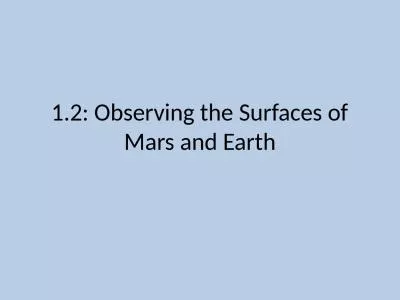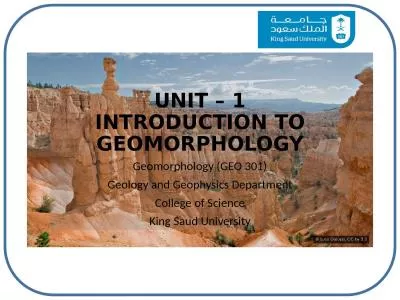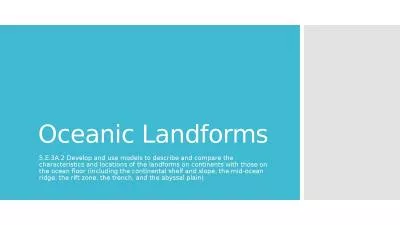PPT-LANDFORMS OF OUR WORLD
Author : garcia | Published Date : 2023-10-04
httpswwwyoutubecomwatchvFN6QX43QB4g Earth is divided into three layers The outer layer is called the crust Beneath the crust lies the mantle The core is the innermost
Presentation Embed Code
Download Presentation
Download Presentation The PPT/PDF document "LANDFORMS OF OUR WORLD" is the property of its rightful owner. Permission is granted to download and print the materials on this website for personal, non-commercial use only, and to display it on your personal computer provided you do not modify the materials and that you retain all copyright notices contained in the materials. By downloading content from our website, you accept the terms of this agreement.
LANDFORMS OF OUR WORLD: Transcript
Download Rules Of Document
"LANDFORMS OF OUR WORLD"The content belongs to its owner. You may download and print it for personal use, without modification, and keep all copyright notices. By downloading, you agree to these terms.
Related Documents

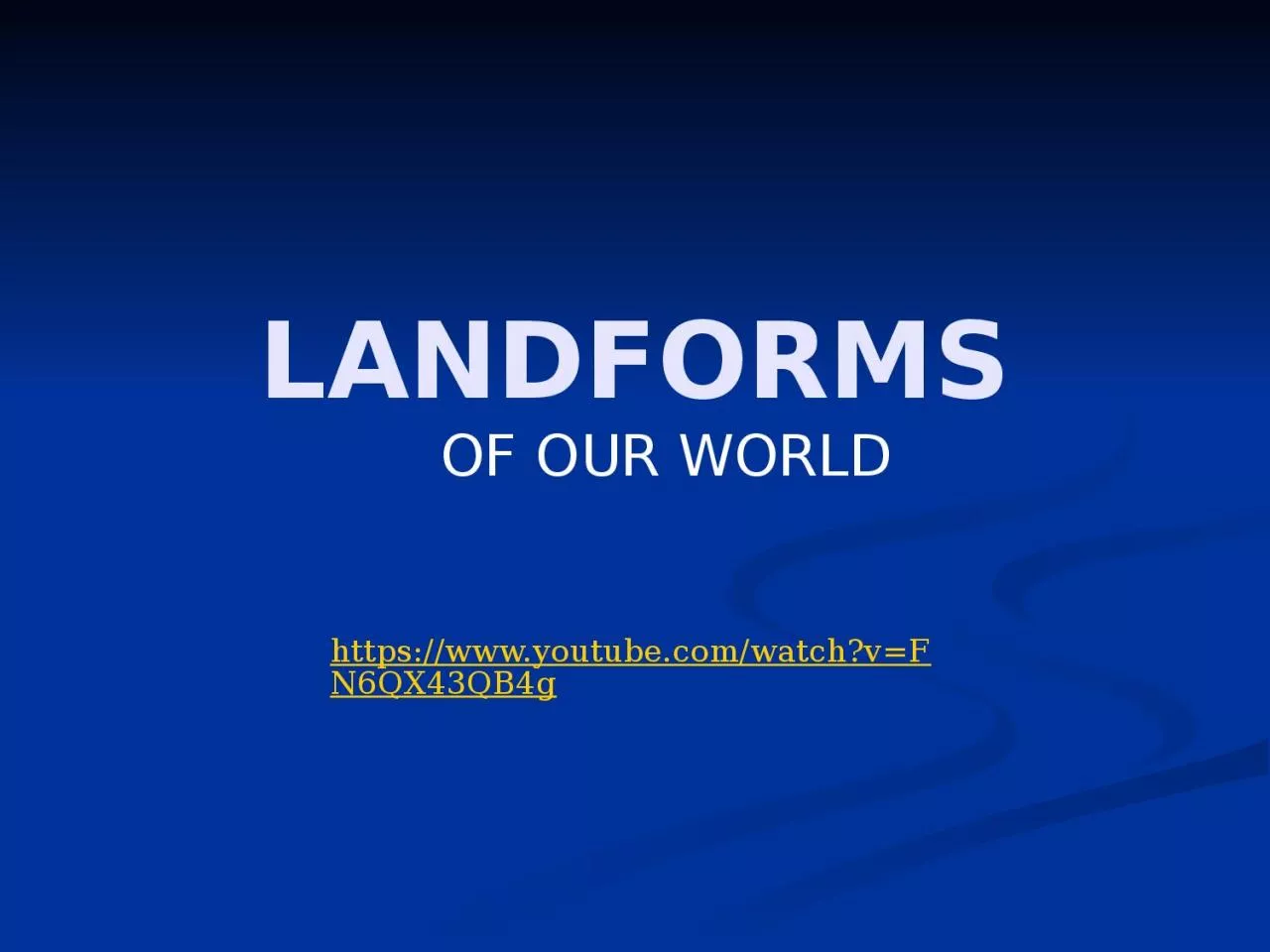
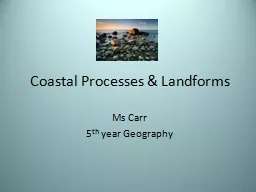
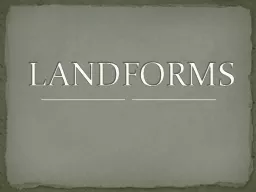

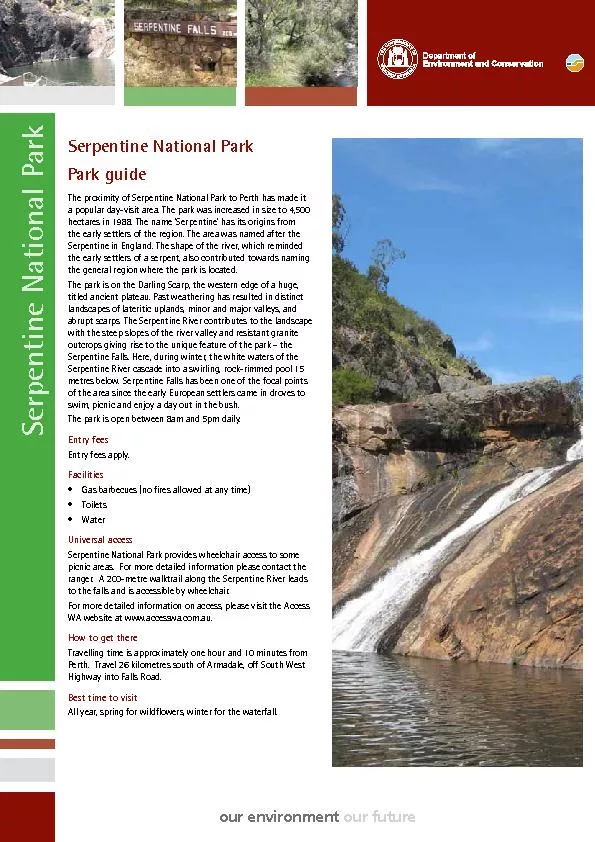
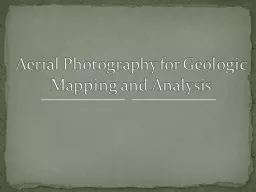
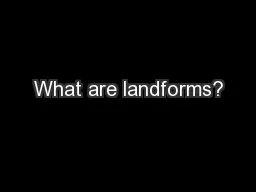
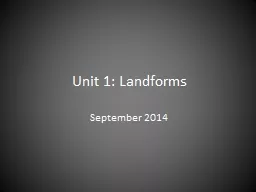
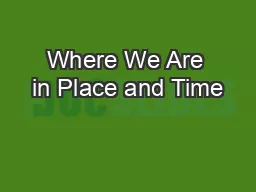
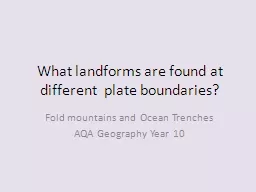
![[DOWNLOAD] Food Fix: How to Save Our Health, Our Economy, Our Communities, and Our Planet--One](https://thumbs.docslides.com/882628/download-food-fix-how-to-save-our-health-our-economy-our-communities-and-our-planet-one-bite-at-a-time.jpg)
